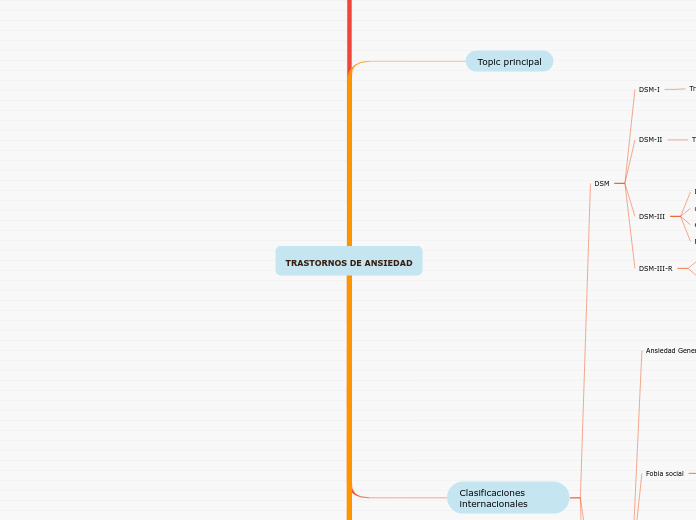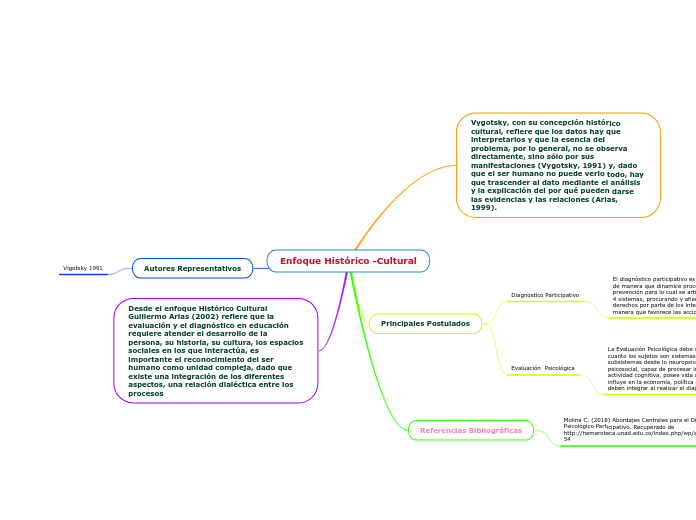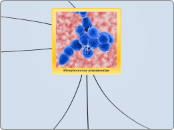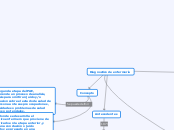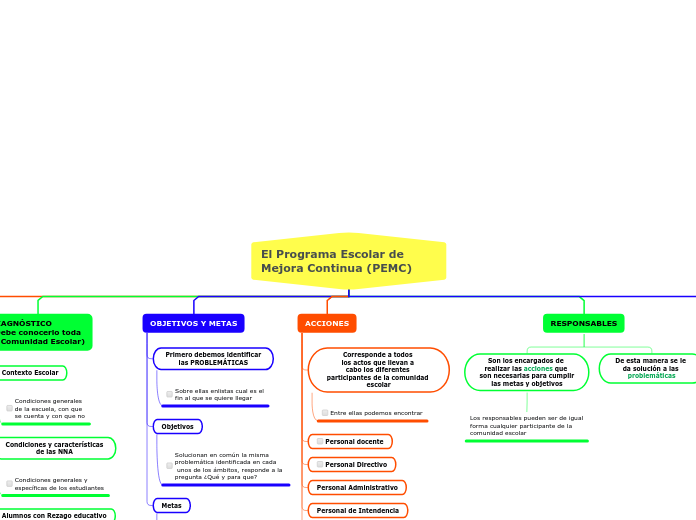TRASTORNOS DE ANSIEDAD
To name your story, you have to think about the overall message and what you want your audience to understand from the story. Also, make it relevant and easy to remember.
TRATAMIENTO
Farmacoterapia
terapia de exposicion
Relajacion aplicada
Terapia cognitiva
Control de panico
DIAGNOSTICO DIFERENCIAL
Trastorno delirante
trastorno por estres postraumatico
Trastorno obsesivo-compulsivo
Trastorno de ansiedad generalizada
Debido a sustancias
Debido a enfermedad medica
CURSO
comorbilidad
en trastornos de ansiedad
Curso tipico
cronico
EPIDEMIOLOGIA
Edad inicio
media 24 años
Sexo
3 veces mas en mujeres
PREVALENCIA
Con agorafobia
30-50%
Sin agorafobia
1,5-3,5%
CRITERIOS DIAGNÓSTICOS
ansiedad por separacion
ausencia o presencia de agorafobia
Crisis de angustias inesperadas
CRISIS DE ANGUSTIA
DSM-III-TR
The ending of a story is essential. We all know that if the ending is weak, what happened before loses its importance. So make it unpredictable, but fair. A resolved ending answers all the questions and ties up any loose threads from the plot.
This is the closure section of the story.
See examples of possible outcomes below:
- all problems have been solved
- it's clear how each one of your characters ends up
- your main character is transformed by the challenge
escalofrios
miedo a morir
sensacion de ahogo
Try answering these questions in order for you to come up with a closure:
- Have all problems been solved?
- Is it clear what happens with all your characters in the story?
- Has the challenged transformed your main character?
- How do the characters feel in the end?
sudores
palpitaciones
Try answering these questions to come up with a closure:
- Have all the problems been solved?
- Is there a clear picture of what happens with each character in the story?
- Has the challenge transformed your main character?
- How do the characters feel in the end?
Clasificaciones internacionales
The middle of the story is where you add layers of complications that will lead to the end. Reveal more about the character's journey. Did their personality go through changes? How did they overcome the challenges? And as you build up the story’s central conflict, make it more personal to that character. Also, from the middle act, you have to lead into the final act.
CIE-10
There wouldn't be any tension and excitement in your story if there weren't any obstacles in your character's way.
Somatomorfos
trastornos disociativos
Ansioso-depresivo
Fobias sociales
A story is nothing more than a character overcoming a series of difficulties to reach the desired goal. Obstacles usually create suspense and conflict. In overcoming obstacles, there is growth: weak becomes strong; hatred turns into love; sadness into happiness; wrong into right; lies into truth; or evil becomes good.
See a few examples below:
- stopping a meteor
- finding a killer
- finding love
DSM-5
Your character(s) need(s) motivation in order to solve the challenge(s).
Secondary characters might also have motives that lead them to cross paths with the main character or which might trigger them to help the main character.
Diagnóstico diferencial
Esquizofrenia
anorexia nerviosa
Hipocondria
Estres postraumatico
Trastorno de angustia
malestar
Excesivo
Irracional
emocional
Temor acusado
Mutismo electivo
Why does your character need to confront this challenge? What does he/she expect to accomplish by solving it?
See a few examples:
- will marry in 3 days
- can fix the mistakes of the past
Agorafobia
trastorno obsesivo compulsivo
trastorno delirante
trastorno depresivo mayor
fobia social y especifica
Caracteristicas
ansiedad continua
miedo intenso
Fobia social
diagnostico diferencial
trastorno de evitacion
trastorno esquizoide
Fobia especifica
trastorno mental
miedo a vomitar, orinar, defecar
temblores
ruborizacion
Ansiedad Generalizada
Secondary characters also might have motivs beacuse of which they may cross path with main character or which might trigger them to help the main character.
Diagnostico diferencial
ansiedad no patologica
trastornos psicoticos
Sintomas
alteraciones del sueño
tension muscular
irritabilidad
fatigabilidad
DSM
Each story has a main character and that character usually needs to solve a problem or challenge. The character's challenge is the one that creates tension throughout the story.
DSM-III-R
trastorno de pánico primordial a la agorafobia
Mejora criterios diagnosticos
DSM-III
Fiable
especifico
detallado
Descriptivo
DSM-II
Type in any other challenges which other characters in the story need to face.
Trastornos neuroticos
neurosis
hipocondriaca
Depresiva
Fóbica
histerica
de ansiedad
DSM-I
In most stories, there are 3 challenges. The number 3 is a mystical number symbolizing completeness. Try to come up with interesting challenges with which your character needs to struggle.
See a few examples below:
- turns into a werewolf at night
- is sent back in time
Trastornos psiconeuroticos
Topic principal
Componentes
In the beginning of the story (or the exposition), you will need to introduce the setting and characters. You might also want to introduce the main conflict. This part of the story is important because it gives the reader necessary background information and maybe even a first insight into a character’s personality.
Triple sistema de respuesta
Characters are essential to a good story. Usually, the protagonist(s) is/are the most affected by the plot. Introduce a character by focusing on their actions, interests, and occupation, as the physical appearance doesn't make a difference in most cases.
motor conductual
posturas corporales
expresion facial
evitacion
escape
fisiologico-somatico
incontrolables
controlables
cambios externos
cambios internos
Subjetivo-cognitivo
Type in the name of your character.
inquietud
Alarma
What is your character's main goal?
fight Evilfind lovedefeat his/her enemyrule the worldmake friendstime travelmake an awesome discoveryOther
Panico
Which traits best describe the character's personality? Choose more if necessary:
introvertedloyalkindindependentquick-thinkingadventuresomeidealisticsweet-naturedcalmrisk-takercreativewittystrictfussyweirdclumsyharshaggressivecarelessclingingcowardlycrueldeceitfulimpulsiveOther
Miedo
Choose the type of your chacter:
Protagonist (main character)Antagonist (main character's opponent)Flat (stereotypical character)Round (his/ her personality develops throughout the story)Static (doesn't evolve as a person throughout the story)Dynamic (dramatical change in personality)Confidant (the main character trusts him/ her)Foil (contrasting character who enhances the personality of another character)Other
